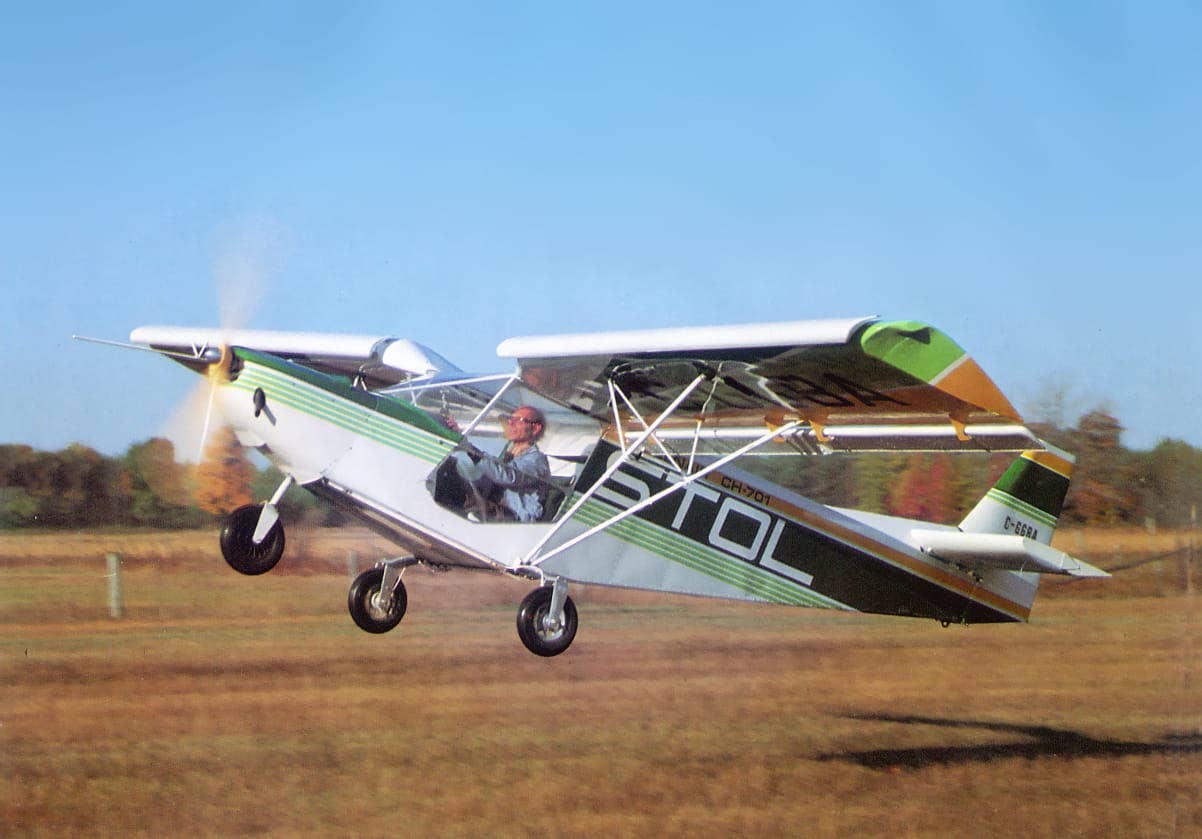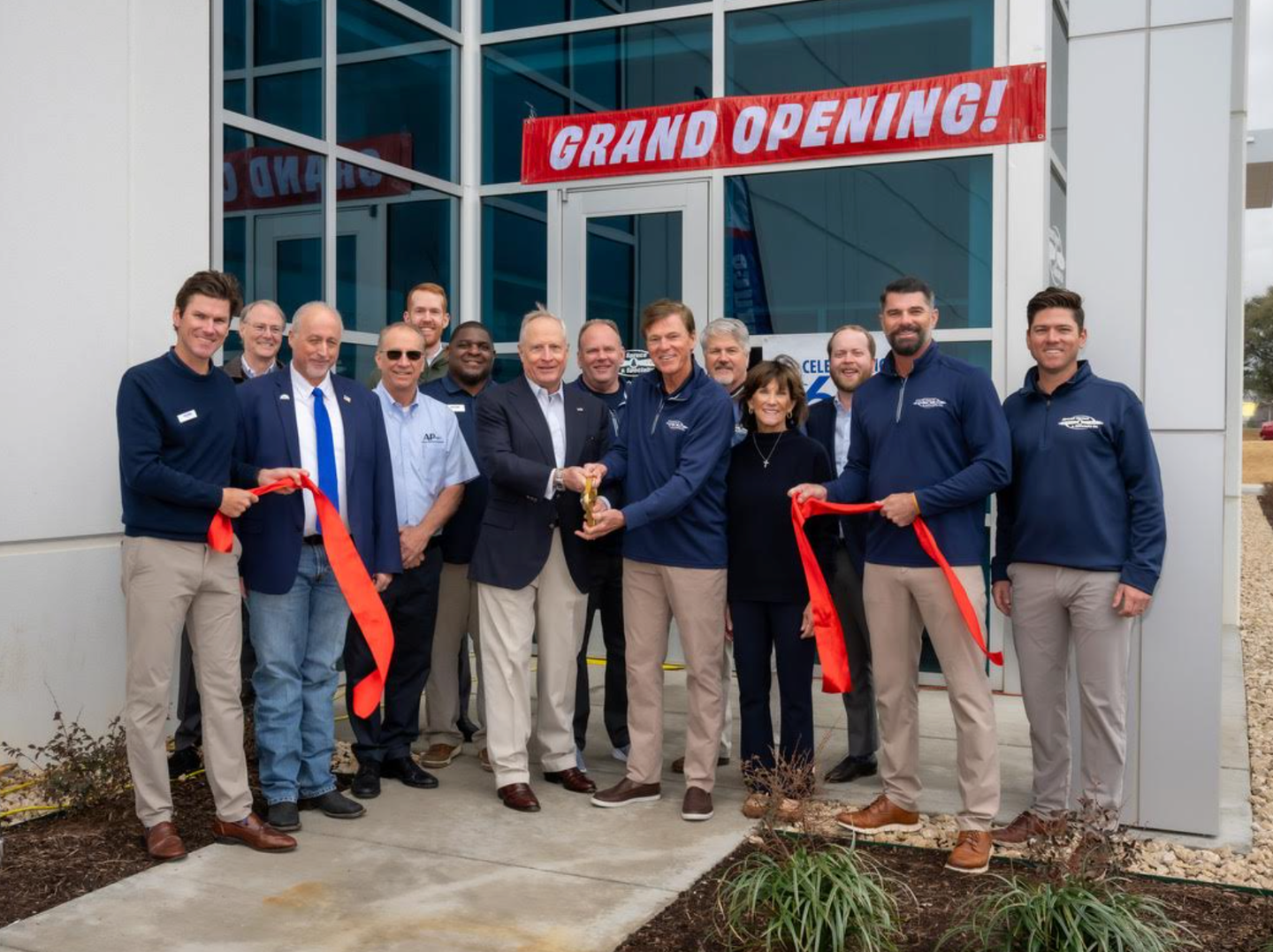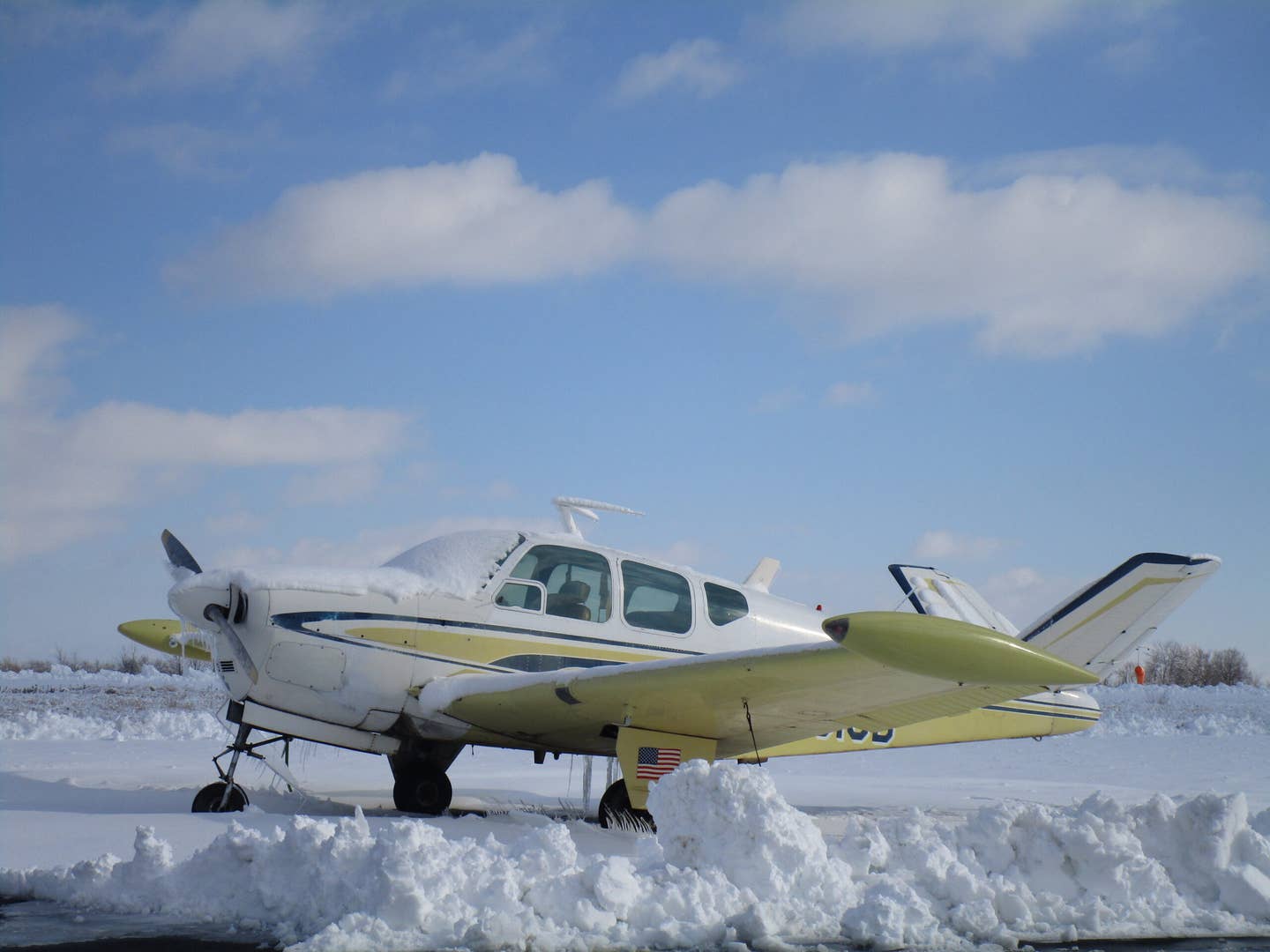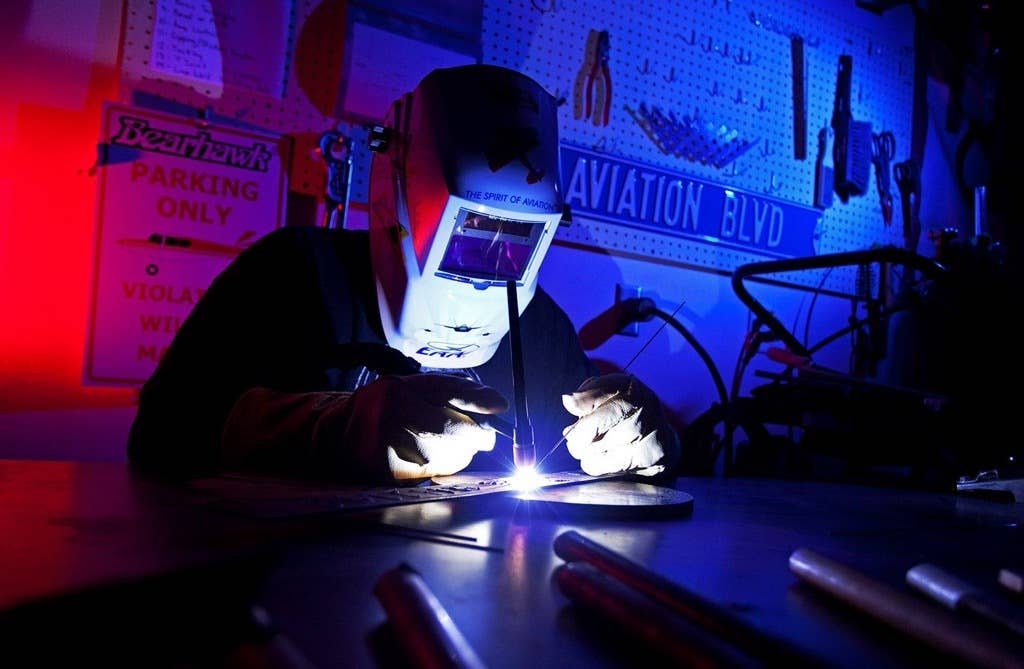Chris Heintz, Founder Of Zenair, Dies at 82
The talented designer was one of the leading figures in sport aviation for more than 40 years.

Photo Courtesy of Zenith Aircraft.
Chris Heintz, the founder of successful kit aircraft manufacturer Zenair and the designer of many aircraft, died in France earlier this week at home.
Heintz, who was a longtime champion of and advocate for recreational flying, had a huge impact on the sport aviation industry, creating easy-to-fly designs that were also far easier to build than the standard kits of the day. The all-metal kits were designed to be not only easy to build but affordable, as well. The Zenair CH-701 STOL is the aircraft perhaps most associated with Heintz, and the photo shown above is one of the most iconic in sport aviation history. Heintz, of course, is at the controls in that photograph.
Heintz was born in the east of France near Germany in 1938, a time of great upheaval in Europe. His father, Erwin Heintz, was a scientific researcher, and his mother, Magda Heintz, was an ophthalmologist. Heintz was, his family said, "surrounded from early childhood by strong personalities, exploring minds, science, and creativity" to go along with a great education and a world of building and experimentation on everything from canoes to go-karts. He also learned German and English, to go along with his native French tongue.
Just barely out of his teens, Heintz got to go on a short introductory flight in a two-seat aircraft, an opportunity that changed the course of his life. Heintz graduated from one of Europe's most prestigious engineering schools, the ETA in Zurich, Switzerland, where, his family wrote, he "helped pay for his studies by performing magic shows on city squares that included daring sword-swallowing feats as well as fire-eating routines." Soon after he graduated, he got his first job as an aeronautical engineer with Aerospatiale, where he earned the opportunity to work on the design team for the Supersonic Concorde jetliner.
But Heintz dreamed of helping create airplanes that regular folks could fly, so he went to the well-known Avions Pierre Robin company, where within a few years, Heintz had designed two new all-metal certificated designs, the HR 100 and HR 200, both of which had long and successful production runs that would be certified and produced for many years to come. Hundreds of these aircraft (HR 100 and HR 200) would eventually find their way into flying schools and aeroclubs throughout Europe.
Heintz, however, had a vision of aircraft that were more affordable and accessible, so while he was still at Avions Robin, in his spare time he designed and built his own personal two-seater, the Zenith CH 200. That design attracted great interest, so in 1973 Heintz and family sold everything they owned, except for the airplane, and went to Canada, where he saw an easier future doing what he loved, since the country was, and is, a wide-open land with, he said, "fewer rules and many pilots."
Heintz worked for two years at de Havilland Aircraft of Canada in Toronto on the Dash-7 commuter airliner. While there, he met and befriended other employees who were interested in homebuilding, and they promptly established a local club, Chapter 41 of the Experimental Aircraft Association.
Chris flew his prototype Zenith CH 200 to his first Oshkosh Fly-In that summer. Again, there was a great deal of interest in the design, so Heintz began offering plans for the plane and, not long after that, parts, too.
When Chris first attempted to incorporate the start-up venture as Zenith Aircraft in the summer of 1974, the "Zenith" name was deemed "too-widely used" by the clerk processing the application; Chris then simply took the first letters of both words and re-submitted "Zenair Limited." That one stuck.
When Chris and partner Gerry Boudreau had outgrown the family garages they had repurposed as small aircraft parts factories, they got their first real home in a commercial building in Nobleton, Ontario, where Zenair would be located for the next decade. There Zenair launched the CH 100 series, the CH 300 and the Zipper ultralight series, while also building props and floats. The first CH 600 "Zodiac" was also created there, along with the prototype STOL CH 701.
With the death of Gerry Boudreau from cancer that year, and the advent of new ultralight regulations in Canada, which allowed the manufacturing of ready-to-fly aircraft, Zenair found a new home, Huronia Municipal Airport in Midland, Ontario, where designed and built the factory that to this day houses Zenair's main plant, as well as engineering, bookkeeping and sales offices and more.
Over the years, Zenair produced kits for several single-seat aircraft, two-, three- and four-seat aircraft, low-wing and high-wing designs, ultralights, and more recently, certified and Light Sport Aircraft. When his son Sebastien launched Zenith Aircraft Co. in Mexico, Missouri, in 1992, he too adopted his father's vision, and focused on designs that fit the new Light Sport (LSA) category for Sport Pilots.
Every summer for the next 35 years and until his retirement, the elder Heintz attended Oshkosh AirVenture fly-in to display and promote his latest designs and innovations. At the show, Chris Heintz gave daily educational forums (sometimes two!), led hands-on workshop demonstrations, flew demo flights and answered thousands of questions from builders and potential customers on the flight-line and at the Zenith display booth, introducing many to the world of homebuilt aircraft.
Heintz also made it to Florida for the Sun 'n Fun fly-in, as well as gatherings in Arlington, Washington, Arizona, Orillia, Ontario, and Sherbrooke, Quebec. For Heintz and family, the fly-in schedule was the family's calendar, as well. These events created opportunities for him to meet the builders and flyers of his aircraft---meetings that Chris always found informative and gratifying. He listened to the feedback and often integrated suggestions into his next models. Over the years, he considered many of the pilots and builders he met again and again at fly-ins, airshows and EAA meetings as friends.
He also pioneered the concept of assembling an entire aircraft during a one-week event, which he would then fly on the last day of the show, a feat he and his team accomplished several times with different designs.
Under Heintz's leadership, Zenair, along with U.S. sister firm Zenith Aircraft, grew into one of the largest and most popular makers of sport aircraft, reaching the top spot, Zenith claims, for completed kit aircraft, based on aircraft registrations.
Over 10,000 builders worldwide already have a Heintz-designed aircraft in their workshop, their hangar or on the flight-line. It was what his family referred to as his "persistent and selfless dedication to promoting recreational aviation" that led his native France to award Heintz the country's prestigious Medal of Aeronautic for his "lifetime of achievements and contributions to aviation".
Chris is survived by one brother and one sister, his wife Annemarie, his five children and their spouses/partners, his 12 grandchildren and many thousands of fans and loyal customers.

Subscribe to Our Newsletter
Get the latest Plane & Pilot Magazine stories delivered directly to your inbox






